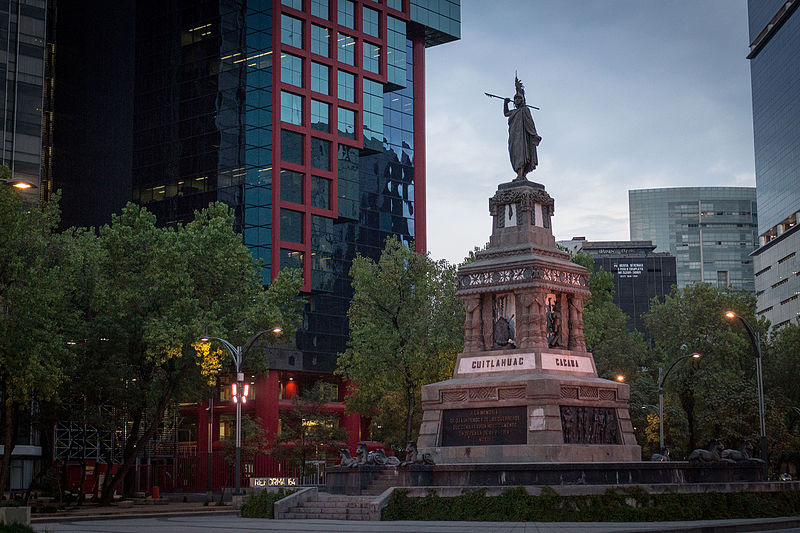
_
The Cuauhtémoc Monument occupies the fifth of the ten Paseo de la Reforma glorietas. It’s probably the most thoroughly described simply because it’s been moved, twice. It was originally dedicated in 1887. Having been designed and elaborated only shortly before, it remains a prime example of Porfirian-era architecture and design.
The statue base is ringed with the names of Cuitlahuac, Cacama, Tetlepanquetzal, and Coanacoch. These were allies of Cuauhtémoc fighting against the Spanish invaders. Cuitlahuac, often credited with having celebrated the most significant victory over the Spanish and thus his name is the most prominent.
The sculpture is the work of the Mexico City artist, Miguel Noreña, (1839-1894). The larger monument was the work of an engineer, Francisco M. Jiménez. Construction began in 1877. The bronze statue was cast in August of 1883 to commemorate the anniversary of the 1521 fall of Tenochtitlan. The two (Noreña and Jiménez) were simultaneously collaborating on the Hypsographic Monument at the south of the Plaza del Marqués.
In 2004, the considerable expense was undertaken again to move the Cuauhtémoc Monument once more. This time, it returned almost to original position. After three months of restoration in the Luis Pasteur Garden just to the north, it was placed again, though without the surrounding benches and lanterns. It would take the 2010 completion of the new Mexican Senate building, directly north of the monument for the street to return to something like normal.
Today, it’s clearly not anything like a roundabout. But it’s among the most popular and continually well-respected of the many monuments on the avenue.

Nearest at 0.06 kms.
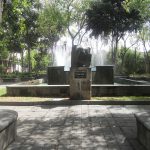
Nearest at 0.13 kms.

Nearest at 0.20 kms.
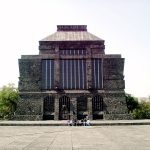
Initially intended as but one part of a City of the Arts, today's Anahuacalli Museum is a far more contemporary space than you might imagine.

One of the most important sites in the city, even today, don't miss the chance to visit the Templo Mayor.
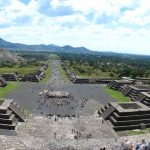
An essential stop for first-time visitors to Mexico City.
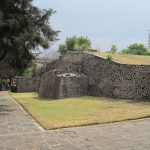
One of the city's newest archaeological sites, it's one of the oldest and deepest of shrines in the Valley.
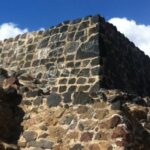
One of the oldest and most significant archaeological zones in Mexico City.